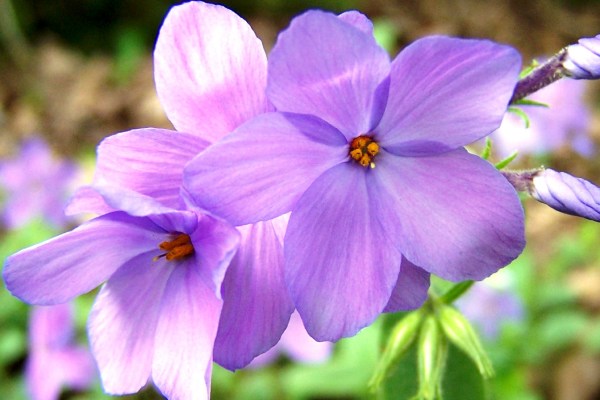What is creeping phlox?
Creeping Phlox, also scientifically known as Phlox stolonifera is a low-growing, mat-forming plant that is popular for its stunning carpet-like growth and vibrant blossoms. So, if you’re looking for a flowering ground cover that is not only beautiful but also easy to grow, this might be the one for you.
You can often find this spreading as a ground cover, in rock gardens, and even in crevices of stone walls. This beautiful plant blooms in the late spring to summer with clusters of fragrant, five-petal flowers that grow almost an inch across. These beauties attract butterflies and other pollinators to a garden. And after they stop blooming, their creeping foliage remains green and attractive for much of the remaining months. This plant has a moderate growth rate.
Also, Read Hanging Gardens: Discover 12 Stunning Indoor Plants for Vertical Spaces
Some information about creeping phlox
- Common Name: Creeping phlox, moss phlox, star rock phlox
- Botanical Name: Phlox stolonifera
- Family: Polemoniaceae
- Plant Type: Herbaceous, perennial
- Mature Size: 6–12 in. tall, 9–18 in. wide
- Sun Exposure: Full, partial
- Soil Type: Loamy, well-drained
- Soil pH: Acidic, neutral, alkaline
- Bloom Time: Spring, summer
- Flower Color: Purple, pink, white
- Hardiness Zone: 5–9, USA
- Native Area: North America
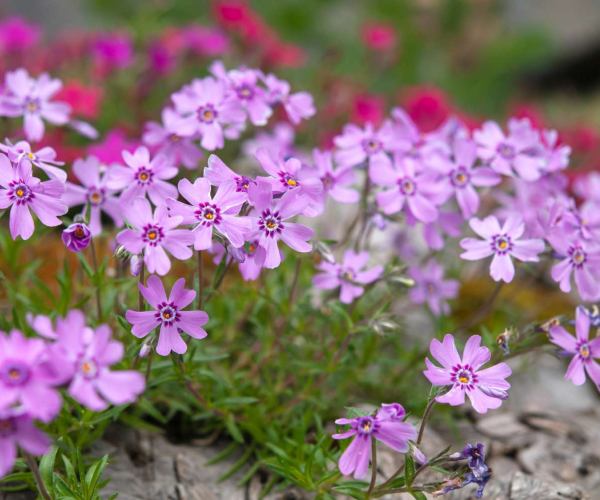
How to care for creeping phlox?
This plant is a pretty low-maintenance plant that requires regular watering and annual feeding. A mature creeping phlox might need a bit of pruning maintenance to keep it looking tidy unless you want your plant to spread like a blanket.
Many ground covers, grass, and weeds growing up through the phlox can cause trouble since they will compete with your plant for soil nutrients and moisture. The best way to prevent the nuisance will be by managing weeds early in the spring before they bloom and their foliage is at its fullest. You can hand pull the weeds and if the weeds go out of control, it might be the easiest to dig up the phlox, clear the area of grass and weeds, and then replant the phlox.
Here are a few things you need to take care of while growing creeping phlox:
Light
This flower grows best in full sun to partial shade. Too much shade can hinder its growth and flower production. Ideally, it needs to receive at least six hours of daily sunlight. Place it in a sunny spot to encourage healthy growth and vibrant blossoms.
In regions with scorching summers, providing some shade can do a lot to protect the plant from heat stress. Talking about sunlight, it is important to know that this plant is very versatile and its adaptability makes it a great choice for different garden settings.
Soil
Like any other plant, the soil plays an important role in the growth and development of creeping phlox. It does great in well-draining soil with a little acidic to neutral pH level. Before planting, mix the regular soil with organic matter like compost or peat moss to improve its fertility and drainage. Also, remember to avoid excessively compacted soil, as it can lead to root rot and other issues.
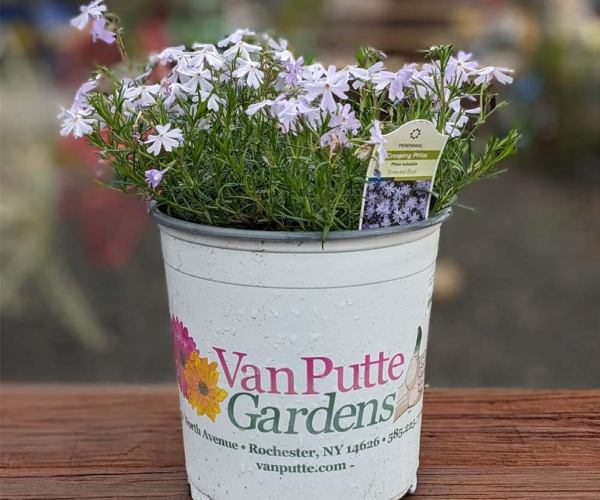
Phlox is not very picky when it comes to soil type. It can grow equally well in sandy, loamy, or clay soils as long as they are well-draining. But if you have clay soil, add some sand or organic matter to provide better drainage.
Water
Water is one of the most essential aspects of caring for creeping phlox. While it needs regular watering for its growth and development, it is also important not to overwater as this can lead to root rot.
During hot summers, water thoroughly once or twice a week and allow the soil to dry out slightly between waterings. Make sure not to water the foliage to minimize the risk of fungal diseases. As the plant becomes more established, it will become more dry-spell tolerant. You can check the moisture level of the soil before watering by sticking your finger about an inch into the soil, and if it is dry, it’s time to water it. If it is moist, avoid watering for a few more days.
Temperature and Humidity
Being a hardy plant, creeping phlox can withstand a variety of temperatures. It is suitable for various regions, thanks to its adaptable nature.
However extreme heat and high humidity can sometimes harm the plant. So, it is recommended to provide adequate air circulation by spacing the plants apart and avoiding crowded areas. Also, consider mulching around the base of the plant to regulate temperature and retain moisture.
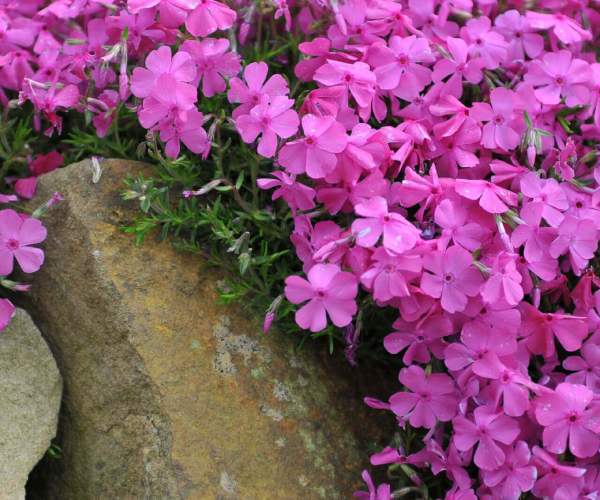
Talking about temperatures, creeping phlox can tolerate cold winters and hot summers. It is hardy in USDA zones 3 to 9, which covers a wide range of climates. No matter if you live in a frosty northern region or a scorching southern area, you can plant and grow creeping phlox in your garden.
Fertilizer
You can add a balanced slow-release fertilizer in early spring to promote the growth and flowering of creeping phlox. Choose a fertilizer specifically formulated for flowering plants and follow the manufacturer’s instructions for application rates.
You can also use organic options like compost or well-rotted manure to provide the necessary nutrients. Always make sure to water the plant properly after fertilizing to make sure the nutrients reach the roots.
If you’re wondering how many times you should fertilize your creeping phlox, just know that once a year in spring is usually enough. But if the plant is not producing as many blooms despite that or the foliage looks pale, give it a light dose of fertilizer in mid-summer to give it a boost.
Types of creeping phlox
This plant comes in a variety of colors and cultivars allowing gardeners to pick the best option for their gardens. Explore some of its species:
Garden Phlox
Also scientifically known as Phlox paniculata, this type of creeping phlox is a perennial favorite among gardeners. It makes beautiful white clusters of flowers in a variety of hues, including shades of pink, purple, blue, and white. These plants are known for their fragrance and are great butterflies and hummingbird attractors.
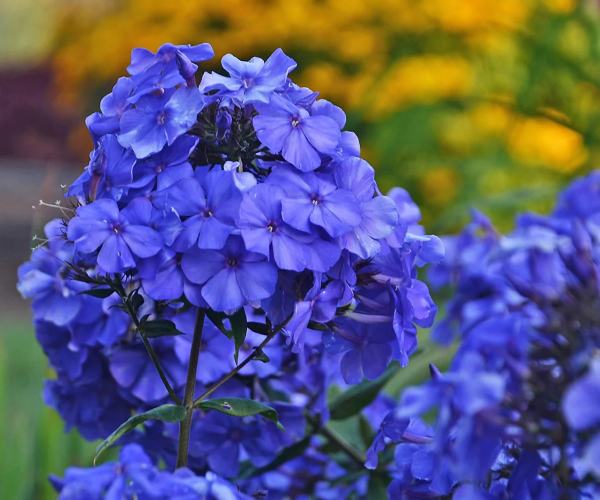
Moss Pinks
This pretty low-growing variety of creeping phlox forms a dense mat of evergreen foliage, creating a carpet-like effect. Moss Pinks are famous for their vibrant pink, purple, or white blossoms that cover the plant in spring. Moss pinks are excellent for rock gardens, slopes, or as ground cover in sunny areas.
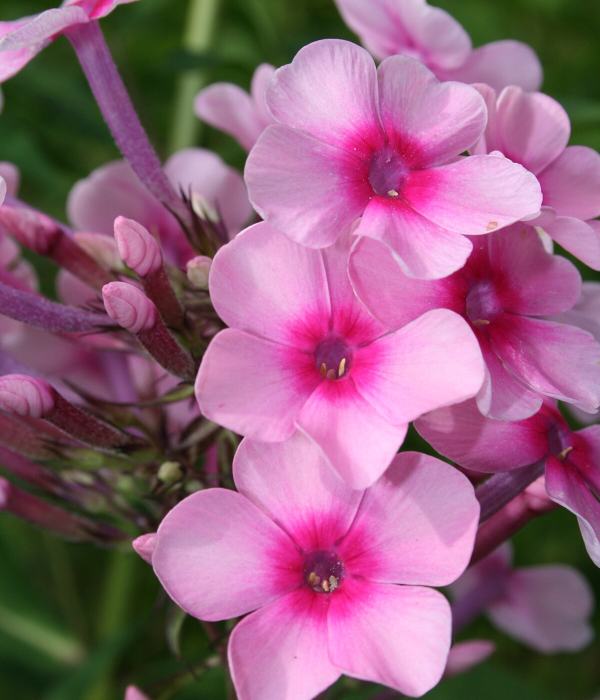
Annual Phlox
If you’re planning to give your garden a touch of wild beauty then annual phlox is the perfect choice. This native wildflower has colorful blooms in shades of red, pink, purple, and white. The flowers have a delicate fragrance and attract butterflies, bees, and other pollinators. It is an annual variety which means it completes its life cycle in one year. It is great for adding a dash of color to borders, containers, and mixed flower beds.
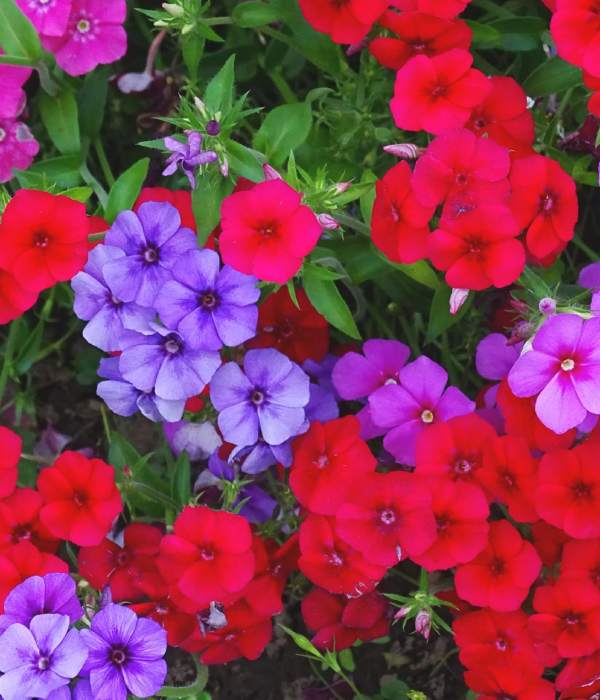
Common pests and plant diseases
While creeping phlox is loved by many gardeners because of its ability to withstand various environmental conditions, it is not completely free of problems.
Phlox bugs are one of the common pests that can attack creeping phlox. These tiny creatures feed on the sap of the plant, causing damaged growth and yellow leaves. If ignored, they can damage the plant severely.
To control these bugs, you can use insecticidal soap or organic insecticides. Regularly inspect your creeping phlox for any signs of infestation and take action promptly to prevent further damage.
FAQs
Q: Does creeping phlox prefer sun or shade?
A: Creeping phlox prefers to grow in full sun or partial shade in slightly acidic and well-draining soil. Make sure it gets watered thoroughly once or twice a week for better growth.
Q: How long does creeping phlox last?
A: Creeping phlox usually blooms for a period of three to four weeks in late spring and early summer. However, the exact timing can vary depending on your climate and the specific variety of Phlox.
Also, Read These 11 Succulents Will Illuminate Your Indoor Area Throughout the Year
